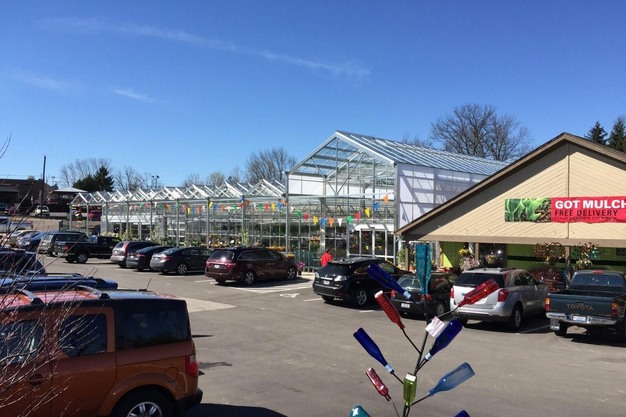Understanding the difference between an engineered (stamped) greenhouse and a non-engineered one—and knowing when to use each—does more than protect your crops.
It prevents costly mistakes and ensures your structure meets local building codes for strength. It also keeps you and your team safe.
The difference between engineered greenhouses and non-engineered greenhouses
Every greenhouse structure had some engineering go into its development at some point. The difference lies in how much-customized engineering went into their design.
Non-engineered greenhouses. Most manufacturers pre-design non-engineered greenhouses to meet general industry standards, such as basic snow and wind loads. However, these structures do not have site-specific engineering incorporated into their design.
That's not to say you can't customize non-engineered structures, but the options are often limited. You might be able to add some extra columns or reinforce the trusses, for example, but major structural changes aren't part of the design.
Unlike engineered structures, non-engineered greenhouses don't require a stamp from a licensed engineer or site-specific analysis, and manufacturers don't provide structural calculations for them.
Growers often use non-engineered structures for general agricultural use in areas where permitting is not required. They're typically budget-friendly, easy to install, and a great choice for low-risk environments.
Engineered greenhouses. Designs for engineered greenhouses include custom engineering to meet site-specific structural requirements, factoring in local weather, soil conditions, permitting regulations, and building codes.
A licensed engineer—registered in the relevant locality or state—must approve and stamp the drawings. This adds to both the cost and the lead time of the project due to the additional design, analysis, and approval process.
Generally, engineered greenhouses are necessary in areas with structural permitting requirements.
 © Prospiant
© Prospiant
Why occupancy matters
How you plan to use your greenhouse plays a big role in whether you need an engineered structure or a non-engineered structure.
Greenhouses designed for public access—such as those in schools, research facilities, botanic gardens, and retail garden centers—must be custom-engineered and include stamped drawings to meet strict safety standards.
Production greenhouses, on the other hand, typically have fewer people inside, so their safety and permitting requirements may look much different.
When choosing between an engineered greenhouse and a non-engineered structure, consider regulatory approval, structural integrity, long-term costs, and future expansion plans.
For more information:
Prospiant
5513 Vine St,
Cincinnati OH 45217
info@prospiant.com
www.prospiant.com
